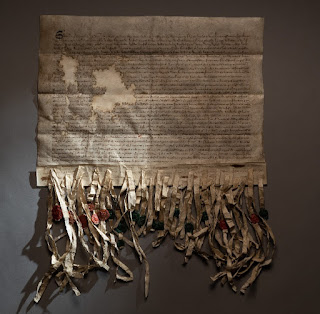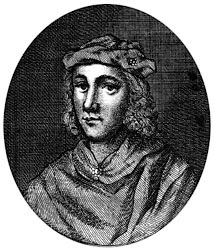
Paisley part 2 Part 1 - Scotland Historical: December 2020 Among those whom David I. of Scotland met at the Court of Matilda, when he went to her assistance against Stephen, the English King, were the two brothers, William and Walter Fitz Alan. Along with David and others, they were witnesses to Matilda's charter to Haughmond priory. They were with David at the rout of Winchester, December, 1141, five months after the signing of the Haughmond charter and when David was obliged to retrace his steps to the North, he appears to have invited Walter, the second of the three brothers, to settle in Scotland. Walter accepted the invitation. Among those who accompanied him to Scotland were Simon, his brother - Robert Montgomery - son or nephew of the great Earl Roger who built the abbeys of Shrewbury and Wenlock ; the Costentins, who, like himself, were of Breton extraction ; Alexander de Hesting, probably a relative on his mother's side - Richard Wallace, ancestor of Sir William


